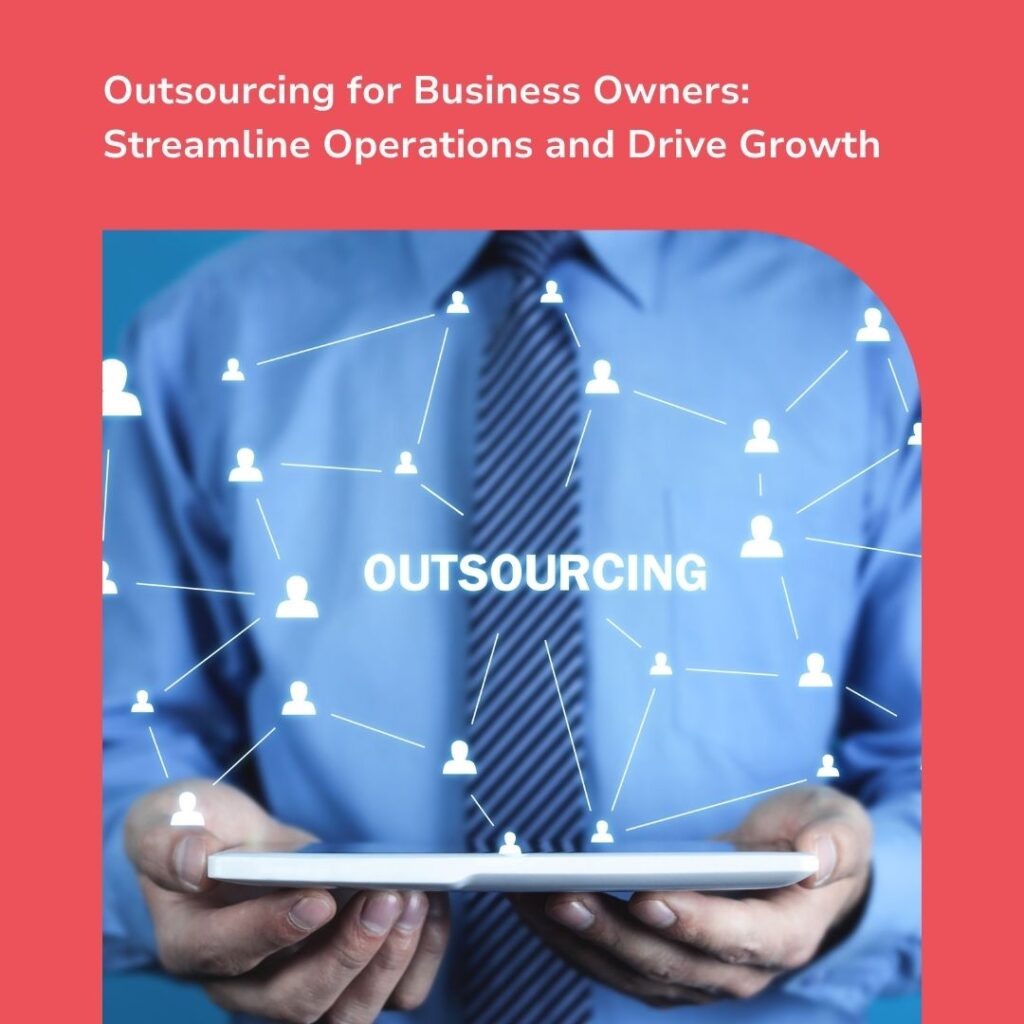Do you ever wonder why some products are packaged a certain way and others are not?
The answer is psychology.
Product packaging is designed to influence consumer behaviour, and there are a lot of different factors that go into it.
In this blog post, we will discuss the different aspects of product packaging that marketers use to persuade consumers to buy their products.
We will also provide tips on how you can use these techniques to improve your own product packaging!
The Impact of Product Packaging on Consumer Behaviour
The first thing that a customer notices about a product is its packaging.
Gaining the attention of customers and establishing value in front of them has become more difficult in recent years as competition has increased in the markets.
The importance of product packaging as a marketing tool cannot be overstated. The first thing people see when they open a product is the box, and it’s often the most appealing aspect of a purchase decision.
Product packaging has long been an essential marketing tool for informing and influencing customers’ behaviour.
Here’s a deeper look into how it affects different aspects of consumer behaviour…
First Impressions
Among hundreds of shelves in a common supermarket, a person stops in front of a particular product mainly because of its packaging.
People who have never heard of your product get the first impression only from your packaging, and this is something which you can never erase from a buyer’s mind.
Some consumers build their opinions of goods around their first impressions, while others who visit the market in a rush rely on them.
As a result, packaging has an important impact on how customers form a positive, average, or terrible impression of a product.
Attracts Buyers
Many components of packaging have the ability to draw consumers.
Yes, colours, pictures, typefaces, printing methods, and overall design may all entice more buyers.
And for these reasons. individuals occasionally buy a product that they had not intended to purchase.
For example, items with vivid colours, unusual container forms, and intriguing written content receive a lot more attention than typical goods.
These aspects of a package have the primary aim of piquing consumers’ interest and stimulating them to examine the product and its significance; which may result in increased sales.
Develop a Spontaneous Urge to Buy
The package might also create a powerful want to buy the item in those who do not have an immediate requirement.
Have you ever seen children lusting for and yearning for a specific toy that was packaged in a big, bright box?
Have you ever noticed a lady go into the market to acquire a certain product (such as cereal) but wind up buying something completely different?
These are instances of a spur-of-the-moment desire to acquire a product that is especially evoked by its packaging; customers will sometimes buy an item solely for the purpose of displaying it to others at home, as is the case with interactive boxes.
Invokes Anticipation
Customers are attracted to a product that is well-designed, attractive, and placed on the store shelf.
Customers have certain expectations about goods before they buy them; this is what builds trust between the customer and company.
A decent package sows the seed of positive anticipation for the whole product, in the same way a good movie trailer suggests the film is going to be entertaining.
A beautiful outer appearance implies that the finished product will also have high quality. It is human nature to verify whether or not their expectations are correct.
They would certainly buy the item again if it met or exceeded their expectations, and is when the product has a genuine opportunity to demonstrate its value.
Triggers Emotions
Some businesses include features like this into their packaging in order to create an emotional link between the buyer and the product.
A pregnant woman, for example, purchases a baby care item merely because the headline appeals to her heart and evokes motherly sentiments; assume headlines such as: “Give your baby the best possible care”.
Customers are quick to dismiss their emotions. Customers may purchase the most costly item without thinking about the cost if it is connected to any hidden or pleasant feelings within them.
Companies effectively use this method to win people over through the packaging of their goods.
Packaging Factors That Influence Buying Behaviour
Here are some of the most important features of packaging design that consumers consider when making a purchase decision:
Size
Packaging dimensions can impact consumer purchase decisions for a variety of reasons.
First and foremost, larger packing can give the impression of a higher perceived value because consumers think they are receiving more for their money.
In contrast to this, smaller packaging sizes are more frequently chosen by small families since big packages might be interpreted as wasteful use of product.
Graphics
The packaging’s overall aesthetic quality is enhanced by the typeface, photograph, logo, slogan, and other graphic elements.
These aspects should be used to distinguish the packaging from rivals and assist in establishing the brand as unique.
Colour
Colour has a significant impact on marketing and consumer psychology.
Colour theory demands its own discussion since it might get quite complicated when diving into the nuances of each one’s supposed moods and emotions.
Red, for example, is associated with feelings of excitement, hunger, and passion; whereas blue is connected to tranquillity, trust, and integrity.
Material
The packaging can be used to convey the product’s inherent value to customers. It contributes to the perceived value of a product if it is made of high-quality, long-lasting, and pleasing-to-the-eye material.
Consumers are also more inclined to buy goods that are kept in packaging that is appropriate and has a purpose, such as drinks in aluminium or plastic containers since they do not leak or spoil, as cardboard may do.
How Branding Plays a Role
The impact of a firm’s brand is enhanced by the way it is packed. It’s an opportunity to reaffirm brand identity and interact with clients in person rather than through internet marketing or television commercials.
Simply, packaging allows businesses to develop a design that connects with their target audience and establishes a clear image of their brand, message, and values.
If a company is marketed as a luxury vegan producer, for example, they will perform far better if they follow the idea and develop recyclable packaging that appeals to persons with these interests.
In the meantime, take a look at our graphic design service here.









